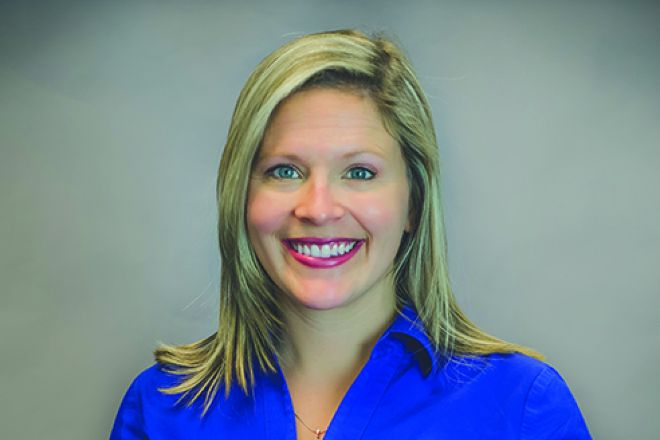Article by Angelique Dale, Praesidium (above)
When news hits of sexual abuse in private schools, the response is often a rush toward a quick fix, such as developing a rigorous background checking system, hosting a day of training or adding a few lines about boundaries to the employee handbook. These are great first steps, but in isolation they do not address the underlying school culture, which should prioritize prevention and safety. To establish that culture, top leaders must demonstrate a commitment to abuse prevention — publicly and frequently, in words and actions.
Specifically, we recommend that every independent school campus take the following four steps.
1. Engage a voice from the top.
That’s where the culture of safety must begin. Unfortunately, the business office’s best intentions — plugging in the new policies, ensuring everyone receives training, etc. — often fall short. You may find yourself in a tough spot because you don’t supervise the individuals responsible for executing the plan. Be it the head of school or the board president, an individual of influence, power and action must communicate, by word and deed, often and loudly, the organizational commitment to safety.
2. Clearly articulate operational standards.
Wanting to do the right thing and knowing how to do them are different. Articulate clear policies and procedures that set zero tolerance for abuse, define interactions between adults and students, and provide guidance for managing high-risk situations. Be sure operational standards also address reporting mechanisms.
There should be no ambiguity on what is or is not acceptable and how to report.
Especially critical for independent schools are policies that clearly define appropriate and inappropriate interactions between school adults and students, along with written procedures on how to report policy violations or suspicious behaviors. Too often after an incident, colleagues, parents and/or students share their own reports of the accused offender’s questionable behavior. (I always thought he was a bit touchy-feely … He was always offering to drive the kids home after late-night games … My daughter mentioned that he sent some girls weird text messages…). Asked why they didn’t report these concerns sooner, they say they didn’t know if it was against the rules, or they didn’t want to accuse someone unfairly or spread rumors. There should be no ambiguity on what is or is not acceptable and how to report.
3. Build and maintain systems of support.
It is not sufficient to tell people how they can prevent abuse. Be prepared to also provide the resources and support systems necessary to implement standards — for instance, frequent and effective training, new uses of technology, and careful monitoring and supervision of facilities, students and adults. Empower supervisors to coach and support their teams.
Schools rely too heavily on criminal background checks to screen out offenders; fewer than 7 percent of sexual offenders have a criminal record.
Consider the screening and hiring process. Schools rely too heavily on criminal background checks to screen out offenders; fewer than 7 percent of sexual offenders have a criminal record. Focus equally on other steps: a standardized application for all employees and volunteers who have a high level of access to students; behavioral-based interview questions that assess applicants’ risk of abuse and their understanding of boundaries with students; thorough reference checks.
4. Build and maintain systems of accountability.
Most people have the best of intentions, so it’s important to develop systems that not only hold people accountable for their actions but also build in quality-assurance mechanisms. Collect data on near misses as well as actual incidents, whether they involve both adults and students, or only adults or students. Collectively, this data can drive staffing decisions, support policy revisions, identify trends and provide opportunities to reinforce leadership’s commitment to safety.
Sexual abuse can be prevented. The analysis of school incidents shows patterns of how offenders operate, where and when abuse happens, how abuse affects victims and how false allegations of abuse arise. Managing this risk takes a sustained, ongoing commitment from every school’s top leaders.
Angelique Dale manages Praesidium’s work with schools and other school-based organizations. An attorney, she has consulted on hundreds of sexual abuse cases within schools and other organizations, and has conducted extensive training on abuse prevention. Contact her at adale@praesidiuminc.com.
Praesidium is a national leader in abuse risk management. For more than two decades, its mission has been to help schools and other organizations protect children from abuse by employees, volunteers or other program participants.
Download a PDF of the article.





